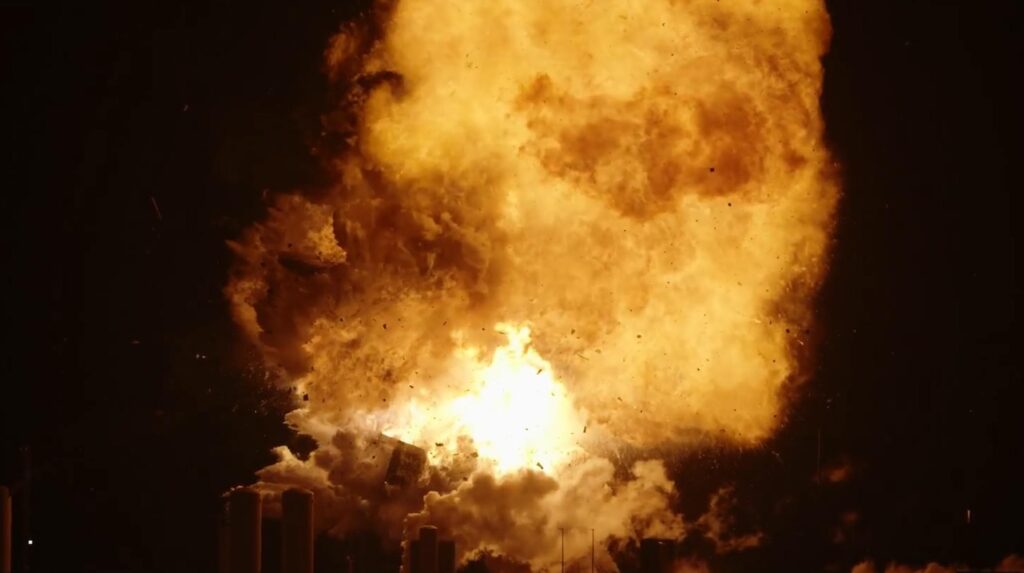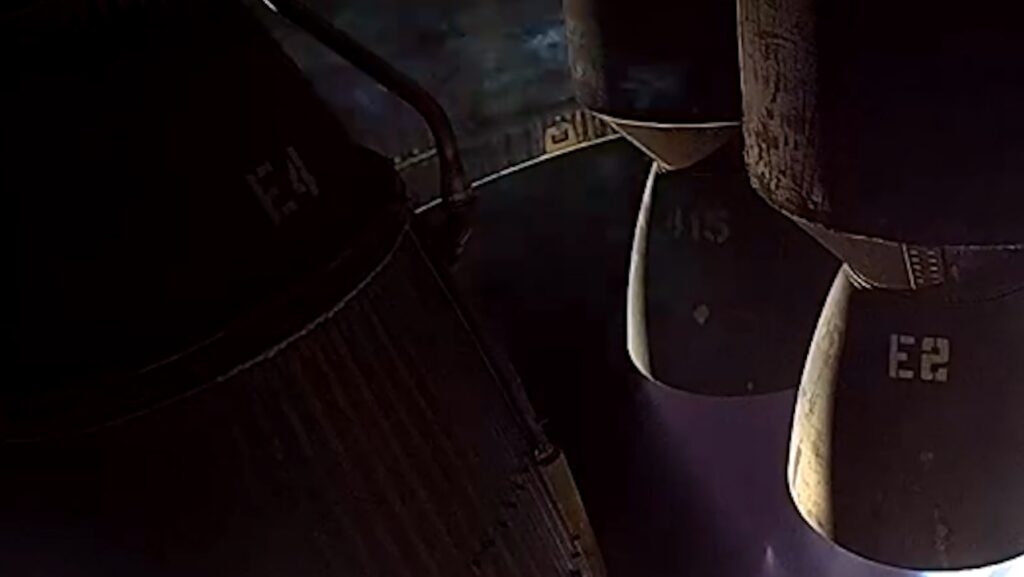Wall Street Journal Looks Into SpaceX Business Plans

Exclusive Peek at SpaceX Data Shows Loss in 2015, Heavy Expectations for Nascent Internet Service, Wall Street Journal
“SpaceX, based in Hawthorne, Calif., transformed the aerospace industry with innovative rocket features and Silicon Valley-style software design principles mandated by Mr. Musk, its billionaire founder and chief executive. The 15-year-old company became the first American firm in years to compete for commercial launch contracts, and the first company to launch and return a spacecraft from orbit. SpaceX declined to comment on details of its finances, but said it has a solid record of success and strong customer relationships. “We have more than 70 future launches on our manifest representing over $10 billion in contracts,” said SpaceX Chief Financial Officer Bret Johnson. “The company is in a financially strong position and is well positioned for future growth,” adding it has over $1 billion of cash and no debt.









I’ve always believed that even if SpaceX ultimately fails, it will still have been worth it if they get the launch costs down and drive the use of much more re-usable first stages.
That $1Billion will disappear very fast if they have another accident. And while the backlog is a very good thing, SpaceX has yet to achieve the reliability of ULA. Maybe that’s why I have butterflies every time they launch! But when Delta lights up it’s ho-hum.
Soon come, as they say.
Why? Their burn rate per month could easily handle another 3 month stop. Even if they are not launching they are still building and getting completion payments.
The main thing would be if customers would stick with them or not.
Launch reliability is a tricky thing. When you consider the fairly regular string of Russian launch failures, one would think that Proton and Soyuz would have no customers, yet they do.
Also, depending on how you account for launch vehicles being different, SpaceX is still on its second or third launch vehicle design. The change from the initial Falcon 9 with a grid arrangement of engines to the reusable “octa-grid” design may or may not be considered a different vehicle.
Atlas has enjoyed 4 or more designs (again, depending on what you count as a new vehicle). More design iterations has given ULA the opportunity to make a quite reliable launcher. That and success versus failure is not always black or white. Atlas V has had two “partial failures” that I know of with one of those being close to a complete failure, so they seem to fall squarely in a gray area.
I think when you look at Space-X figures you have to realize that Elon Musk has amassed a personal fortune and made it clear his current businesses are more about vision than fiscal profit, Space-X clearly has a very extensive R&D program coupled with a major infrastructure building program and that is where most of the money is going so talking about “losses” is perhaps a bit misleading. I guess the 1bn stated is simply a safety net that Elon would currently have no problem topping up from other sources including his personal fortune if need be. I think the main thing is as Vladislaw says is keeping customer confidence as high as possible to ensure as much of the money as possible comes in from “renewable” sources.